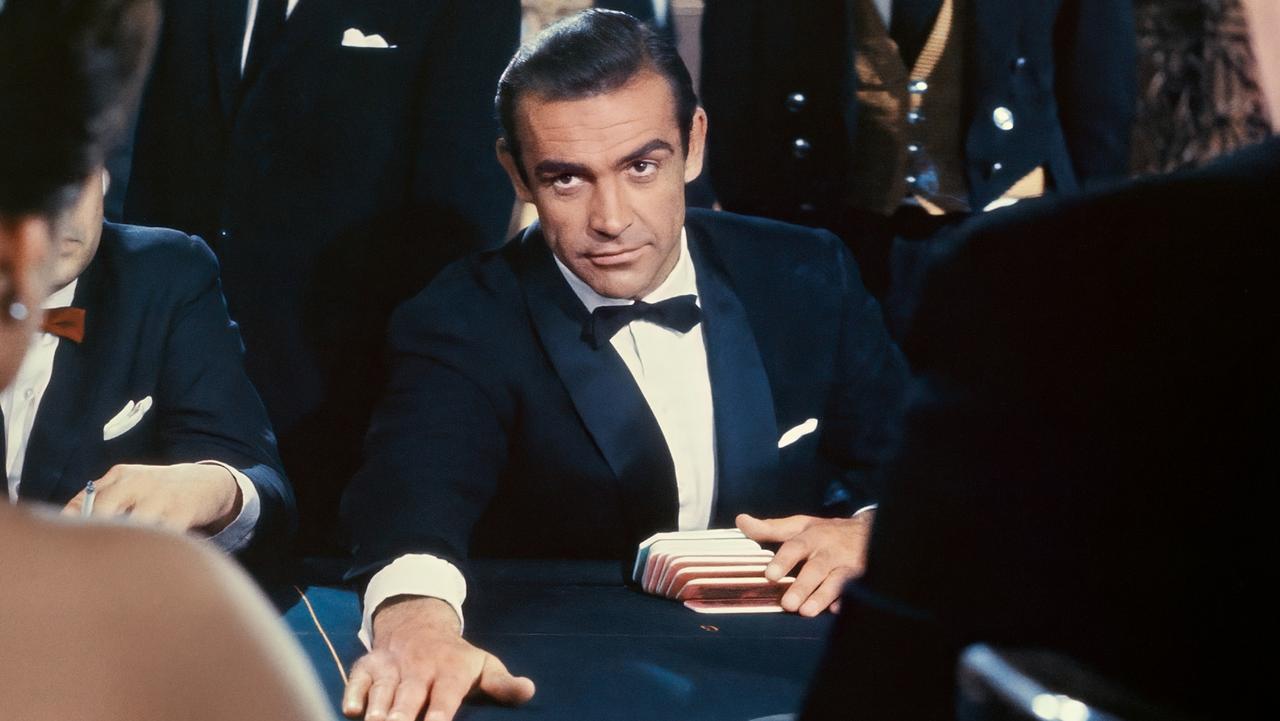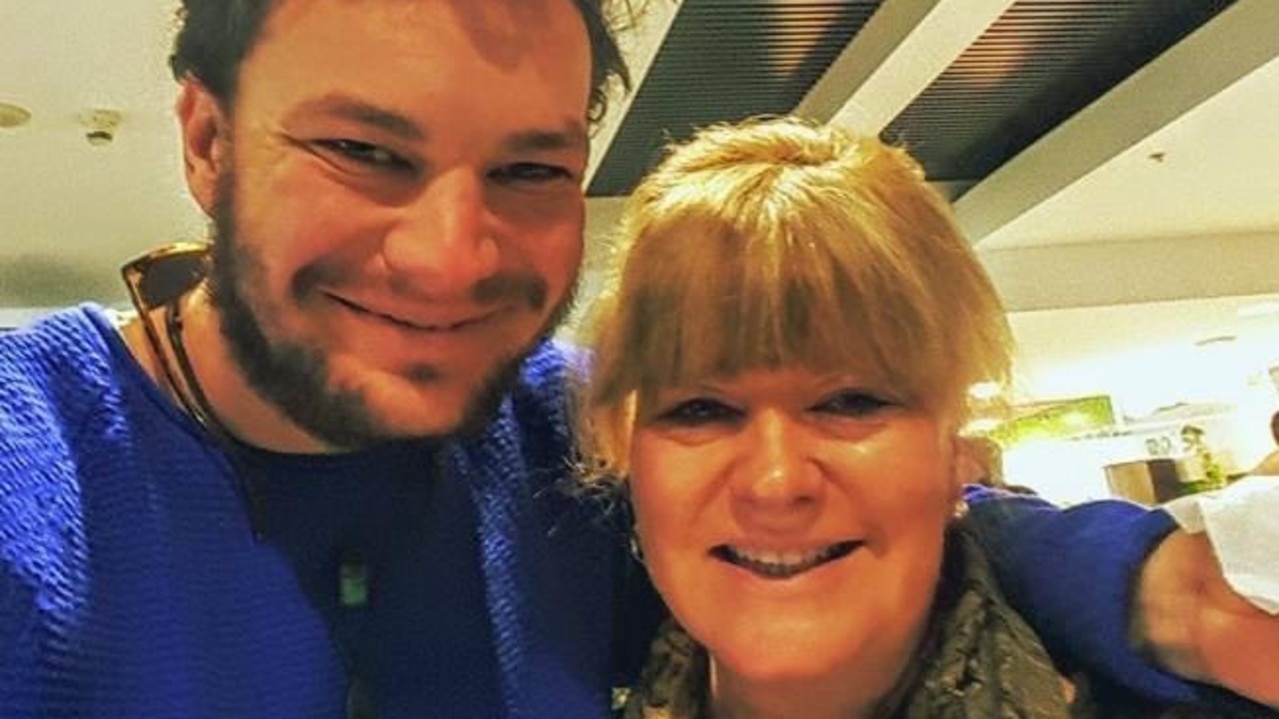‘No oxygen on Everest’: SA FIFO worker’s ‘tick-list’ of near death experiences
It took him 43 days at a cost of $170k to reach, but Whyalla oil rigger Terry Ledgard described the top of the world’s highest peak as “singularly unpleasant”. Find out why.
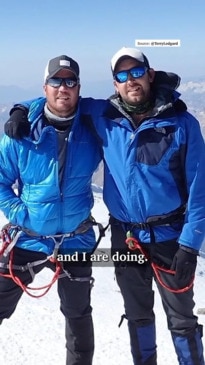
SA Weekend
Don't miss out on the headlines from SA Weekend. Followed categories will be added to My News.
Terry Ledgard has added another one to the collection. His collection of near-death experiences. In a previous life he was an army medic who served in Afghanistan, and in his spare time climbs the world’s tallest mountains. So it’s a safe assumption Ledgard has piled up more hairy moments than most.
This latest one happened while climbing Mt Everest last month. Given 17 people died last year trying to reach the top of the world’s highest mountain, the whole experience could be classified as a near-death experience, but Ledgard mentions two moments in particular.
As you would expect, there is nothing simple about trying to reach the top of the 8848m that make up Mt Everest. There is a lot of preparation to be done. Ledgard’s expedition up Everest meant he was away from his Whyalla home for 43 days. It also cost him about $170,000.
Before an attempt is made at the big one, a lot of time is spent acclimatising to the brutal, low-oxygen environment on the mountain. There are practice climbs to smaller mountains and to various base camps that took Ledgard through the Khumbu Valley or up the nearby Lobuche East, which stands at a meagre 6119m. So you move up from base camp to camp one at 6065m then camp two at 6500m, then retreat.
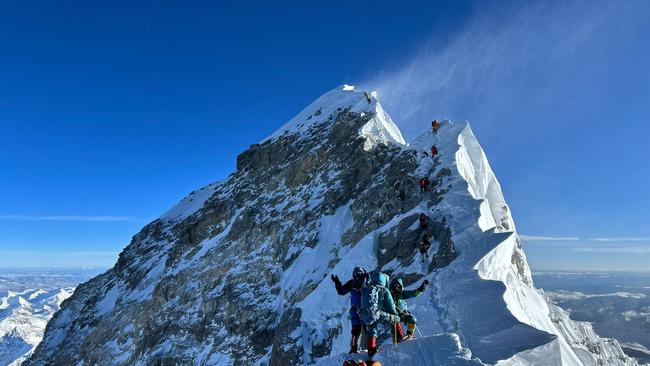
It was at the Khumbu ice fall, a massive glacier, which gave Ledgard an early taste of just how dangerous the task was. There were safety lines along the route, but as the 40-year-old stepped over one, someone else further along had lifted it. Ledgard lost his balance and one of his spiky crampon boots became tangled in his trouser leg.
“So, I lost my balance and in a split second I was having this uncontrolled glissade straight down into this crevasse,” he remembers. Fortunately, he was still attached to the line.
“I sort of crashed into the side of the crevasse. There was a bit of a corky to my right knee and my right shoulder and the stack hat took a lot of impact as well. I was laying there stunned for a second, next I realised I was absolutely starfish hanging off of my harness in this crevasse.”
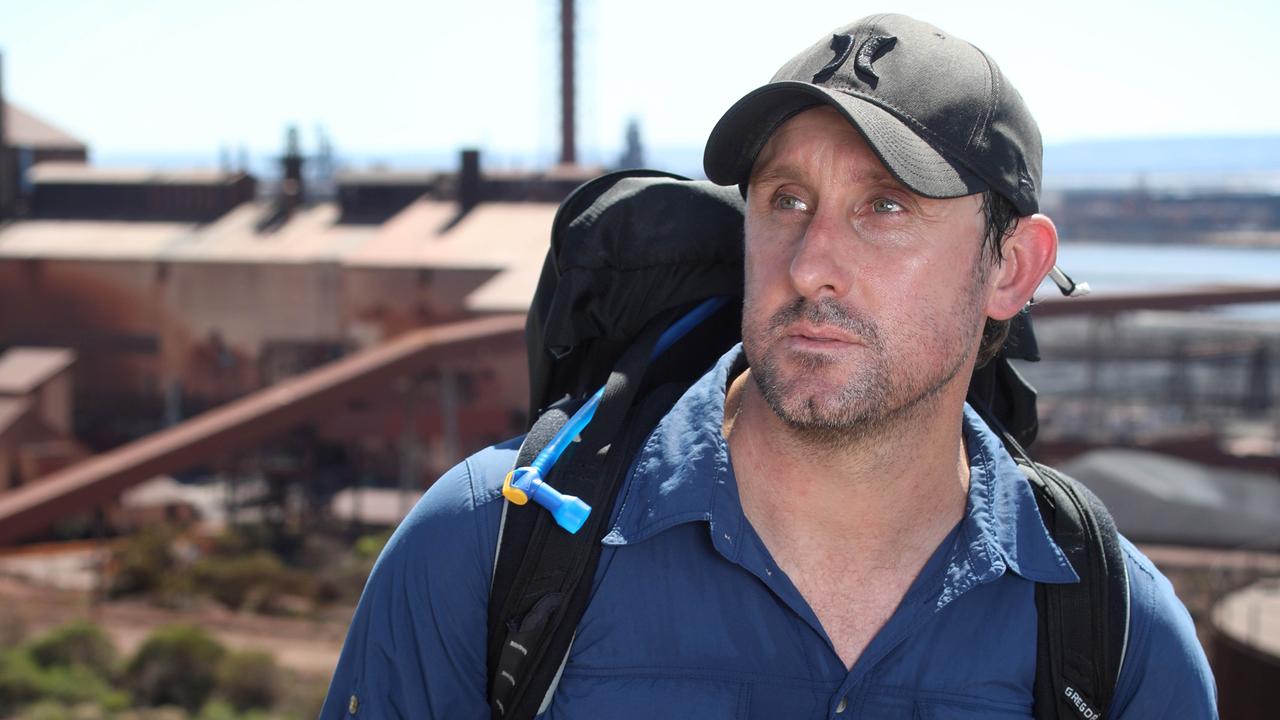
Then he looked down. “It must’ve been another 20 or 30m before it narrowed to a point that it would have caught my dead corpse, beyond that it was just inky blackness.”
A guide passed down an ice axe and some rope and he hauled himself back to safety.
The second moment of worry happened on the way to the summit. Ledgard’s group left camp four at 8pm. It was dark and, for much of the way, Ledgard focused on the red light coming from the boot warmers of the person in front.
They were climbing up to a place called the balcony, which is about 450m below the summit. But ahead of Ledgard’s group some climbers were in trouble and had been forced to turn back. It’s a narrow path and Ledgard had to wait.
‘The wait “messed up” his plan for the oxygen bottles he was using to climb Everest. By now Ledgard’s guide was pulling away from him and couldn’t figure out why he was slowing down.
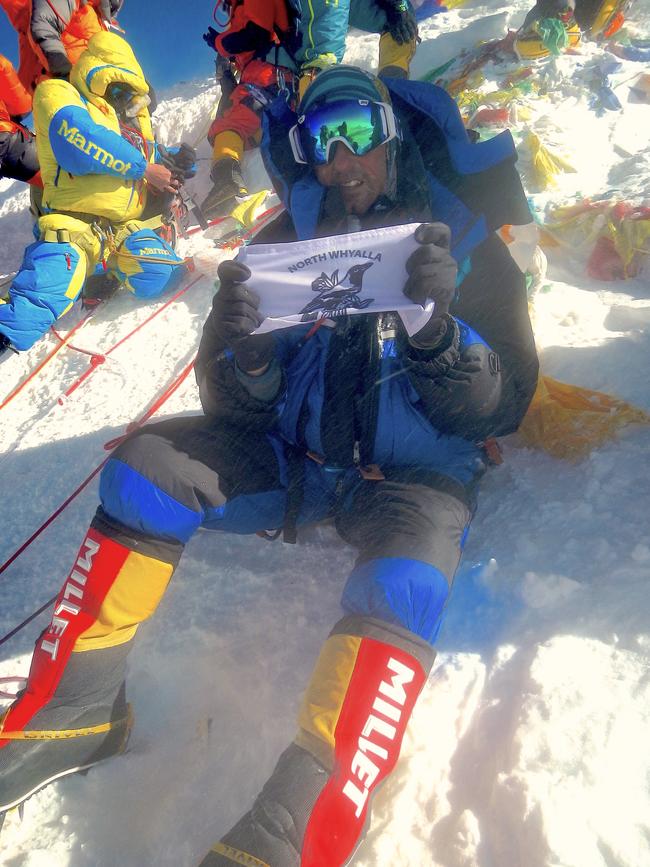
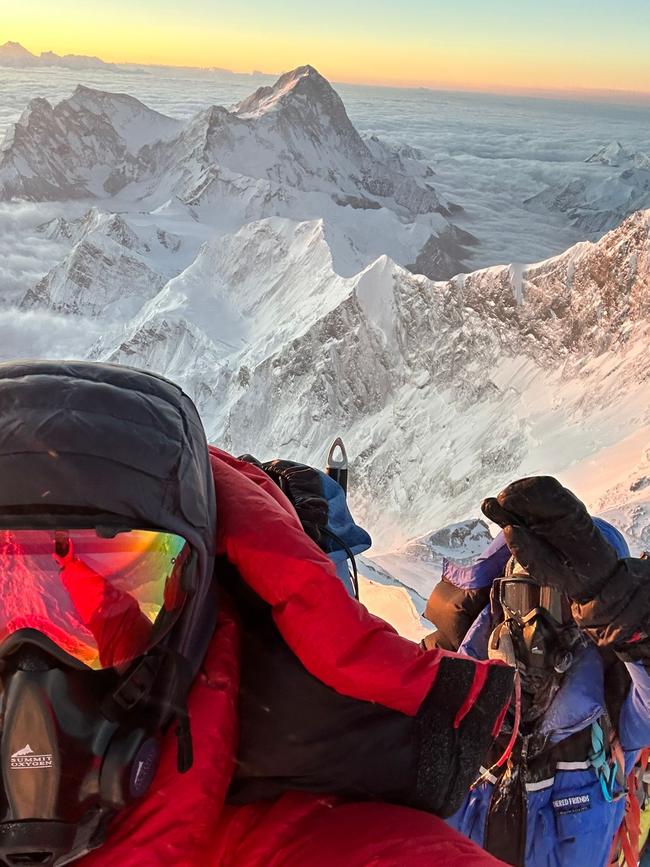
“It was at that moment I realised I couldn’t hear the gentle hiss of my oxygen flow,” he says. Not a comforting sensation, but Ledgard managed to attract the attention of the Sherpa who came back to help.
“Sure enough, he checked my bottle and it was empty,” Ledgard says. “I’m sitting down with no Os (oxygen) and I was panting like a dehydrated dog, that’s how I was breathing. And that was me trying to stay calm and not panic.”
Part of the challenge of Everest is to make sure there are back-up plans. A new bottle of oxygen was found. But for Ledgard it was a demonstration of how quickly things can go wrong in such a hostile environment.
“That situation is potentially deadly,” he says. “A lot of people get into trouble that way. That’s how quickly small issues like that can kind of escalate.”
To reinforce the point, Ledgard says two climbers died trying to reach the summit the following day. He says it’s a warning to anyone who fancies a crack at Everest that they should only take it on with the help of an experienced climbing operator.
But even with the oxygen, the climb to the top of the world was difficult. Ledgard says his group made the attempt relatively early in the season, so avoided the worst of the congestion and the long lines of climbers waiting for their turn to reach the summit. But the weather at such altitude can be fickle and not far from the top it seemed Ledgard would be stopped as it closed in.
“The wind had really picked up on the southeast ridge, like it was really blowing. We thought that might be a precursor to this weather,” he says.
Unsurprisingly, it was also very cold. The top of Everest is probably the windiest place on Earth and in May the temperature is usually between -15C and -26C.
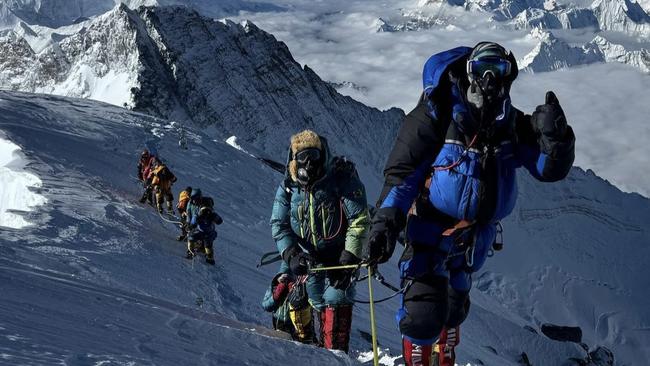
“Some breaths had been escaping underneath my goggles so the inside of them were just completely frozen. There was only a few spots where I could actually see through the goggles,” he says.
But he made it. So what was the feeling when Ledgard stood as high as it is possible to stand on planet Earth? Joy? Satisfaction?
No. More like relief. “It was a sense of relief knowing that I don’t have to do it again.”
He didn’t even hang around too long. The weather was worsening.
“Due to the wind, the summit was a singularly unpleasant place to hang around. It was blowing really hard. I mean, it was dangerous to have your mittens off for too long,” he says. “So I got my summit shots and I just wanted to get the f--k out of there. It couldn’t have been more than 10 minutes.”
Ledgard carried with him flags of his old unit the Voodoo medics, as well as the North Whyalla and Carlton football clubs.
Then, of course, Ledgard had to climb down the mountain. Which was an even tougher experience than going up. It was a long hike. He went back down to camp two, finally arriving at 10pm on May 13. The expedition took 26 hours.
“There are not too many safe sites where you can stop and have a rest and drink, so that day I would have drunk maybe a litre and a half of water. I only peed once that day. And it was 30 mills of dark brown syrup. It was horrible.”
Everest was the sixth mountain on Ledgard’s tick list. His goal is to climb the highest mountain on each continent. It was an ambition formed as he battled PTSD after his service as an Australian SAS medic who had been posted to Afghanistan.
So far, Ledgard has taken on Australia’s relatively benign Mt Kosciuszko (2228m), Mt Elbrus in Russia (5642m), Mt Kilimanjaro in Tanzania (5895m) and Aconcagua in Argentina (6961m). There was Antarctica’s Mt Vinson (4892m) in absolutely brutal conditions. That leaves Denali in Alaska (6190m) and Carstensz Pyramid in Indonesia (4884m). In mountaineering circles there is some controversy over whether Mt Kosciuszko or Carstensz Pyramid should represent this part of the world.
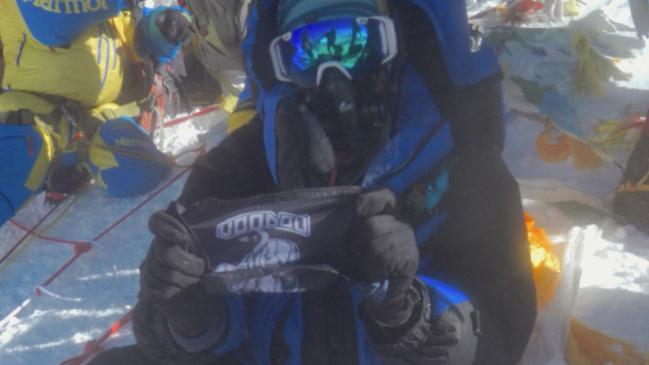
The plan is to take on Denali in 2026. Ledgard is taking next year off climbing. He has to go back to work as a safety inspector on an offshore oil rig and has some business plans cooking. Then a jaunt to Indonesia with his long-time climbing partner Brad Watt, who he started this journey with, but who wasn’t with him on Everest.
And there is also the need to recover from his most recent climb. Already lean, Ledgard lost between 15-20kg while on the climb. He has “mild” frostbite on four fingers and a bad cough as a result of being exposed to the conditions on the mountain. “So look, I’ll probably take next year off and let my cold injuries heal up.”
Then he will be back to take on his next adventure.


